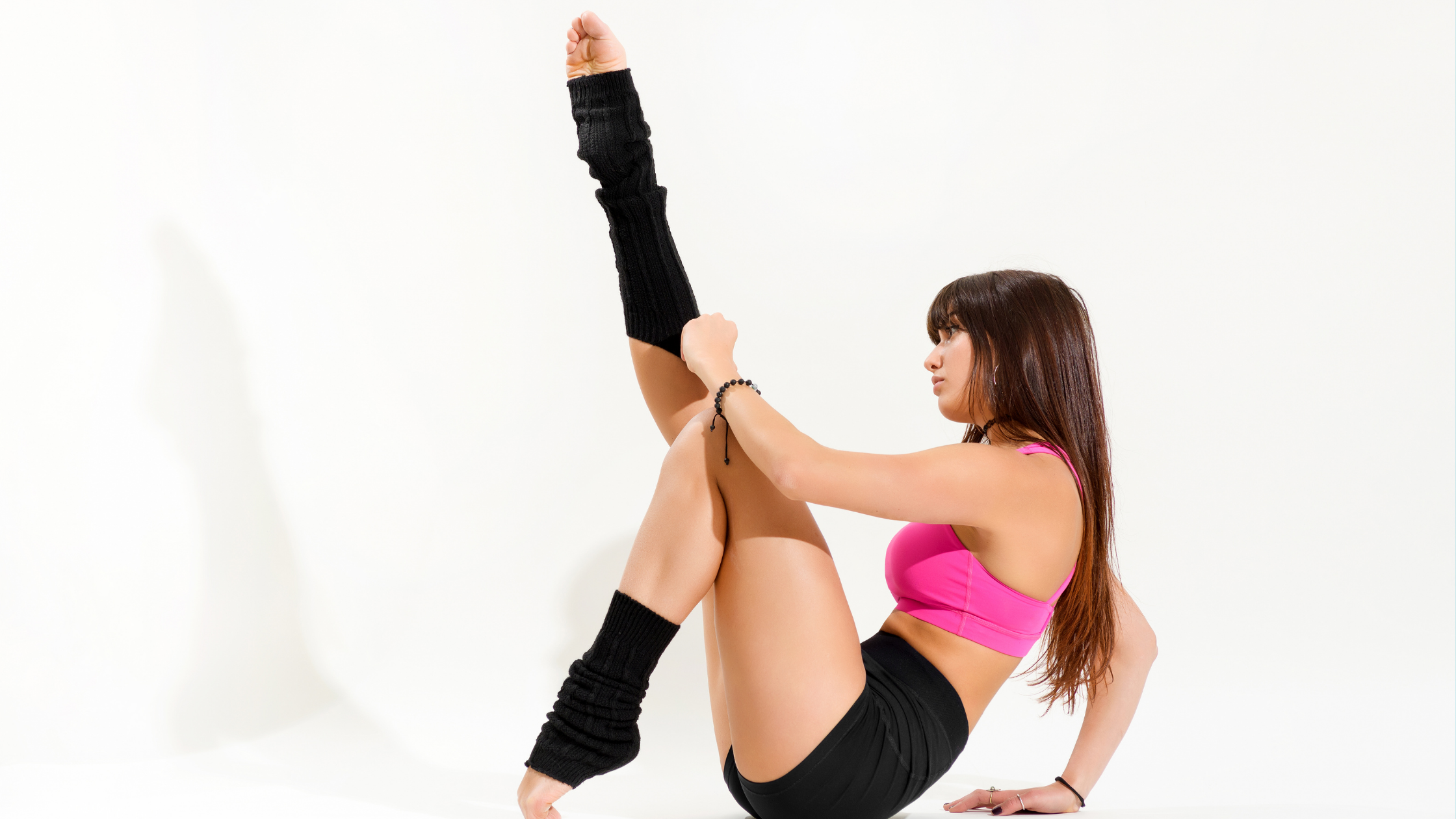Care Guide for Leg Warmers: How To Wash and Store
February 22, 2023
Leg warmers are a popular fashion accessory that can add a cozy and stylish touch to your outfits, but they require special care to maintain their shape and softness. In this care guide, we'll explore the best practices for washing and storing leg warmers, so you can keep them looking great and feeling comfortable. From handwashing to storing, we'll cover everything you need to know to keep your leg warmers in good condition. Whether you prefer wool, cotton, or other materials, these tips will help you maintain the quality and appearance of your leg warmers.
WASH FREQUENCY
After every 2-3 wears
STORAGE METHOD
Roll
The Right Way To Wash Leg Warmers
Washing Leg Warmers in the Washer
- Sort your leg warmers by color and fabric type. Check the care label for any specific washing instructions.
- Pre-treat any stains by applying a small amount of detergent or stain remover directly to the affected area.
- Place the leg warmers in a mesh bag to prevent tangling and wear during the wash cycle. If you don't have a mesh bag, place your leg warmers inside-out to minimize wear on the outside.
- Select a gentle cycle and use cold water to prevent any shrinkage or damage to the fabric.
- Add a small amount of mild detergent according to the package instructions.
- Start the wash cycle and wait until it's finished.
- Remove the leg warmers from the washer and reshape them if necessary.
- Hang the leg warmers to dry or lay them flat on a clean towel. Do not use a dryer as it can damage the elastic and cause shrinkage.
- Fill a sink or basin with cool water and add a small amount of mild detergent.
- Turn the leg warmers inside out to expose any stains or sweat marks, and gently scrub them with your hands to distribute the soap.
- Rinse the leg warmers thoroughly under running water to remove all the soap.
- Squeeze out the excess water gently and reshape the leg warmers if necessary.
- Hang the leg warmers to air dry or lay them flat on a clean towel. Avoid using a dryer as it can damage the elastic and cause shrinkage.
If the care label on your leg warmers says "Dry Clean Only," take them to a professional dry cleaner. Do not attempt to wash them at home as it may damage the fabric or color.
How Often To Wash Leg Warmers
Leg warmers are worn over clothing and may not come into direct contact with the skin. They can be worn multiple times before needing to be washed, but should be washed every 2-3 wears to maintain their appearance and to prevent odors.

The Right Way To Store Leg Warmers
How to Roll Leg Warmers
- Lay the leg warmers on a flat surface.
- Fold one end over about a third of the way.
- Roll the leg warmers from the folded end towards the open end.
- Smooth out any wrinkles or creases as you go.
Expert Advice for Maintaining The Quality Of Your Leg Warmers
To maintain the appearance and durability of leg warmers, there are a few practical tips to follow. Firstly, to prevent wear and tear, avoid washing them with heavy or abrasive materials, such as towels or jeans. Secondly, ensure that any closures like velcro straps are secured to prevent snagging or damage to the fabric. To protect the surface of the fabric, wash the leg warmers inside out, particularly for printed or embroidered leg warmers. Using salt as a mordant or dye-fixer can help prevent color bleeding for new leg warmers. Additionally, investing in mesh bags or a proper drying rack can reduce wear and tear during the washing and drying process. It is also advisable to skip the dryer and air dry the leg warmers to prevent shrinkage or damage to the elastic. Lastly, always follow the care label instructions to keep the leg warmers in top shape.
DISCLAIMER
Just a friendly reminder that this care guide for leg warmers only provides general advice. Your leg warmers may have specific care requirements based on its material, style, and manufacturer instructions, so always check the care label before washing or storing it. If you're unsure about anything, it's always best to consult a professional cleaner. Please note that the author of this guide is not responsible for any damages or losses resulting from the use or misuse of any information from this blog.
Want to share this?
